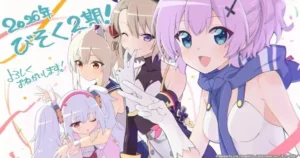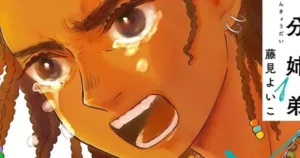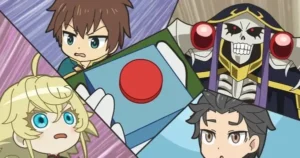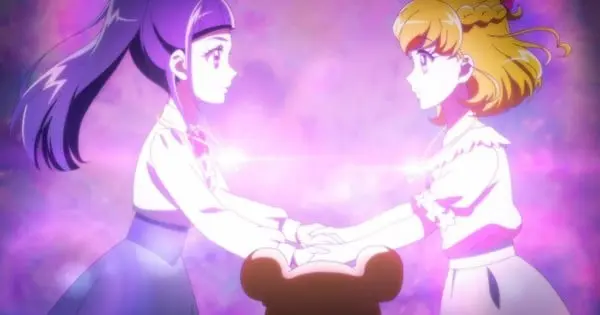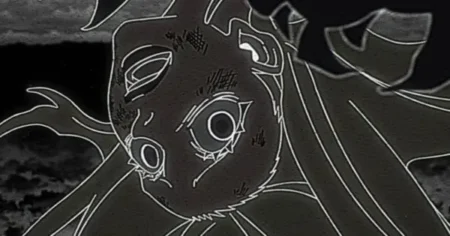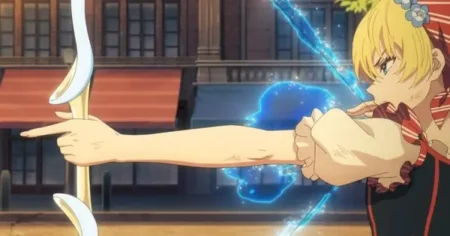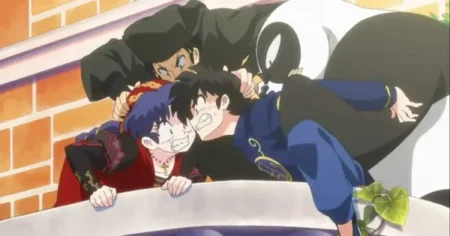The magical girl anime Witchy Precure!! ~MIRAI DAYS~ has concluded its 12-episode run, leaving fans to reflect on its themes of nostalgia, growth, and the importance of embracing the future. As a sequel to the original Witchy Pretty Cure!, MIRAI DAYS revisits beloved characters Mirai, Liko, and Kotoha as they navigate adulthood and face new challenges, making it a series designed to resonate with longtime fans. This article delves into the finale’s key plot points, analyzes the series’ overarching themes, and explores the overall reception from viewers.
The Final Episode: “The Future We Must Choose”
Episode 12, titled “The Future We Must Choose,” sees Mirai, Liko, Kotoha, and Mofurun trapped in a manufactured, blissful past created by the Time Beast Chronosto. However, they come to realize the importance of change and choose to return to the present. As the price for escaping the past, they lose all their memories of each other, of magic, and of their adventures together. The episode then follows the girls as they wander through the fragments of their forgotten recollections, searching for what they have lost.
Ultimately, the Precure are able to break free and defeat Chronosto, restoring the universe. The ending sees Mirai and her friends going their separate ways once again, now with a greater understanding of their individual responsibilities and the importance of moving forward.
Key Moments and Fan Reactions
- Cure Mofurun’s Return: The appearance of Cure Mofurun, a form previously exclusive to the Witchy Precure! movie, was a delightful surprise for many viewers.
- Nostalgic Touches: The finale included subtle nods to the original series, such as the reappearance of the two little girls from the original finale, complete with the dropped rabbit scene.
- Inconsistencies: Some viewers pointed out animation inconsistencies during the final battle, such as the Cures switching between different forms.
- Ire’s Fate: The ambiguous ending for the villain Ire left some viewers unsatisfied, as his motivations and ultimate fate were not fully resolved.
- Underwhelming Ending?: Some viewers found the ending underwhelming, with one reviewer describing it as feeling like a “typical Precure ending”. Others felt the finale was rushed.
Themes of Nostalgia, Growth, and Moving Forward
MIRAI DAYS grapples with the allure of nostalgia while emphasizing the importance of embracing the present and future. The villain, Chronosto, embodies the danger of dwelling in the past, as he seeks to trap people in idealized memories, preventing them from moving forward.
The main characters, particularly Mirai and Liko, struggle with balancing their cherished memories of their time together as Precure with their individual responsibilities and aspirations in adulthood. The series highlights the idea that while the past can be a source of comfort and inspiration, it should not define one’s present or future.
Characters’ Choices and Their Meanings
- Liko’s Decision: Liko’s choice to become a guest lecturer in the Non-Magic World for children of Magic World immigrants demonstrates a commitment to bridging the gap between the past and the future. She seeks to share her experiences and knowledge while helping others reconcile their heritage with their present lives.
- Mirai’s Path: Mirai’s continued pursuit of her studies while secretly acting as Maho Girl showcases her dedication to both personal growth and helping others. She embodies the idea of finding ways to integrate one’s passions and responsibilities.
- Ha-chan’s Role: Ha-chan’s decision to watch over the world from afar reflects a sense of responsibility and a desire to ensure a brighter future for all.
- Ire’s Ambiguous Ending: Ire’s implied choice to remain in the past serves as a cautionary tale about the dangers of clinging to nostalgia and failing to embrace change.
Overall Reception and Impact
MIRAI DAYS has been generally well-received by fans of the Pretty Cure franchise, particularly those who grew up watching the original Witchy Pretty Cure!. The series has been praised for its:
- Nostalgia Factor: The return of beloved characters and familiar settings has resonated with longtime fans.
- Themes of Adulthood: The exploration of the characters’ challenges and aspirations as adults has added a new layer of depth to the series.
- Continuity: MIRAI DAYS builds upon the established lore and relationships of the original series, providing a satisfying continuation for fans.
- Animation and Music: The series has been praised for its high-quality animation and catchy music, which are hallmarks of the Pretty Cure franchise.
However, some viewers have expressed concerns about the series’ pacing, the underdeveloped nature of some of the villains, and the lack of significant consequences for certain characters.
Comparisons to Other Precure Sequels
MIRAI DAYS is part of a larger trend in the Pretty Cure franchise of creating content aimed at adult fans who grew up with the series. Another example is Power of Hope: Precure Full Bloom, a sequel to Yes! Precure 5. Some fans have compared MIRAI DAYS favorably to Full Bloom, while others have found it less impactful.
Where Does Witchy Precure Rank in the Magical Girl Genre?
Witchy Precure, and by extension Mirai Days, holds a special place within the magical girl genre. Here’s a look at how it stacks up against other notable series:
- Traditional Magical Girl Themes: Witchy Precure embraces core magical girl themes such as friendship, transformation sequences, and battles against evil. It distinguishes itself by blending these elements with a focus on the connection between magic and everyday life, particularly through the dual-world setting.
- Friendship and Teamwork: Central to the series is the strong bond between Mirai and Liko. Their friendship evolves as they learn to support each other, highlighting the importance of teamwork and mutual understanding. This is a recurring theme in many magical girl shows, but Witchy Precure emphasizes how these bonds evolve through shared experiences and personal growth.
- Unique Magical System: The series incorporates a distinct magical system involving Linkle Stones, which allow the Cures to access different forms and abilities. This inventive use of magical artifacts provides both visual variety and strategic depth to the battles.
- Target Audience and Broader Appeal: Witchy Precure is primarily aimed at a younger audience but includes mature themes that can also appeal to older viewers. The Mirai Days sequel specifically targets adult fans, delving into more complex issues related to adulthood and nostalgia.
Comparison with Other Magical Girl Anime
When compared to other Magical Girl Anime, Witchy Precure shares similarities and differences with series like:
- Sailor Moon: Both feature strong female leads, magical transformations, and battles against evil. However, Sailor Moon often involves grander cosmic stakes, while Witchy Precure maintains a more intimate focus on personal relationships and community.
- Cardcaptor Sakura: Both series emphasize the collection of magical items and the importance of balance and harmony. Cardcaptor Sakura centers on more self-contained episodes, while Witchy Precure features a more connected overarching story.
- Puella Magi Madoka Magica: Unlike the darker, deconstructive elements of Madoka Magica, Witchy Precure remains more optimistic and focused on traditional values. While Madoka Magica questions the cost of being a magical girl, Witchy Precure celebrates the power and responsibility that comes with it.
- Revolutionary Girl Utena: Utena challenges gender norms and explores complex themes of identity and power. Witchy Precure, while still empowering, focuses more on traditional concepts of good versus evil and the strength of friendship.
Why Watch Witchy Precure?
- Heartwarming Story: The series offers a heartwarming and engaging narrative about friendship, courage, and personal growth.
- Vibrant Animation and Music: The animation is colorful and lively, with memorable transformation sequences and catchy songs that enhance the viewing experience.
- Positive Role Models: The characters serve as positive role models, demonstrating the importance of kindness, resilience, and determination.
- Magical World Integration: The unique blending of the magic world with the human world offers a fresh perspective on the magical girl genre, making it accessible and relatable.
Final Thoughts
Witchy Precure!! ~MIRAI DAYS~ provides a thoughtful and nostalgic conclusion to the story of Mirai, Liko, and Kotoha. While some viewers may have wished for a more conclusive or impactful ending, the series ultimately delivers a message of hope, growth, and the importance of cherishing the past while embracing the possibilities of the future. MIRAI DAYS serves as a testament to the enduring appeal of the Pretty Cure franchise and its ability to resonate with audiences of all ages.


